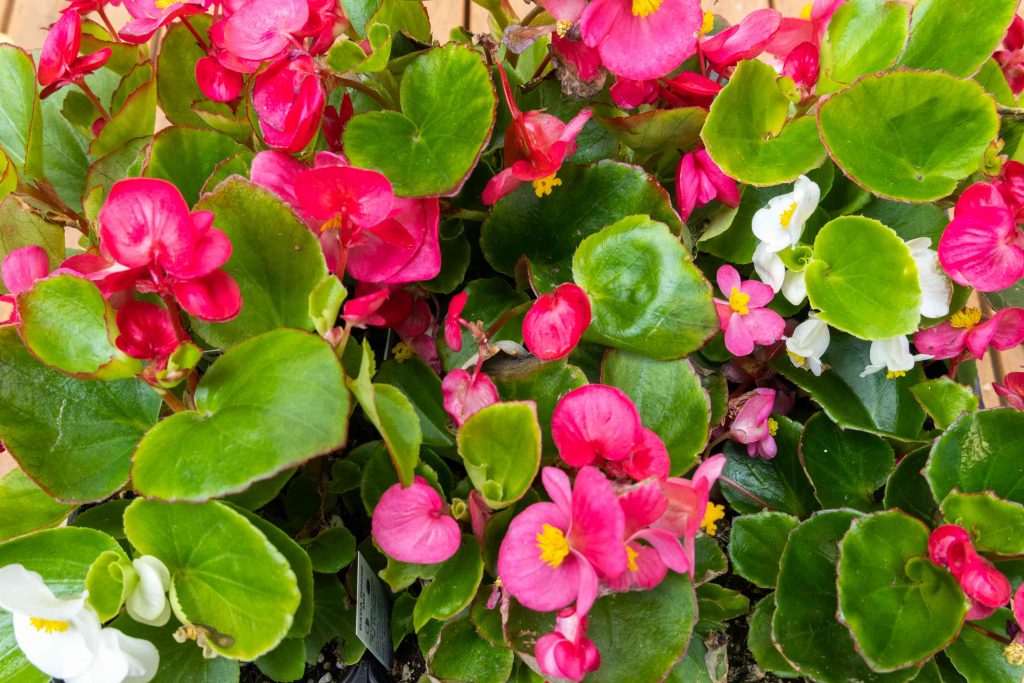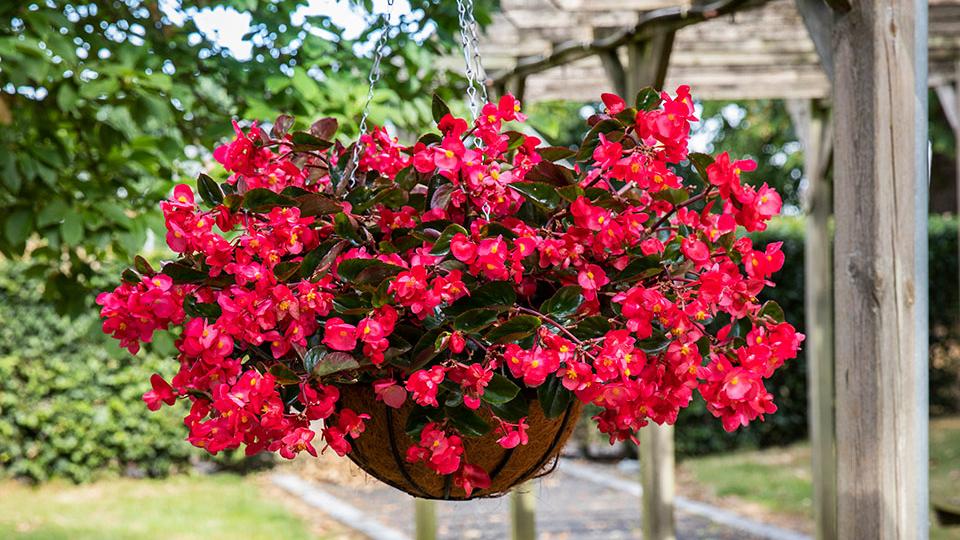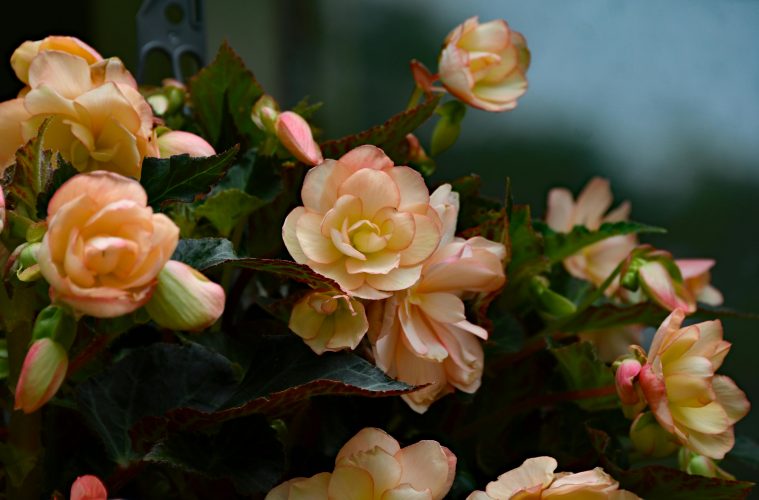Begonias, with their vibrant hues and intricate blooms, are a delightful addition to any garden. Whether you are a seasoned gardener or just starting out, cultivating begonias can be a rewarding experience. In this guide, we will explore the essentials of growing begonias, to ensure a thriving display in your home garden.
Choosing the right variety
Begonias come in various types, each with its unique charm. Tuberous begonias are known for their showy, pendulous flowers, while fibrous-rooted begonias offer a wide array of colours and patterns. Choose a variety that suits your taste and the specific conditions of your garden.
Ideal growing conditions
Begonias thrive in well-drained soil enriched with organic matter. Plant them in a location with filtered sunlight or partial shade, as too much direct sunlight can scorch their delicate foliage. Adequate air circulation is essential, so avoid overcrowding and allow sufficient spacing between plants.

Unsplash
Planting and watering
Plant begonias when the soil has warmed in the spring after the threat of frost has passed. Ensure the soil is consistently moist but not waterlogged. Water at the base of the plant to prevent fungal issues, and use a layer of mulch to retain moisture and suppress weeds.
Fertilisation and feeding
Begonias benefit from regular feeding during the growing season. Use a balanced, water-soluble fertiliser every 2-4 weeks to promote healthy growth and prolific flowering. Be cautious not to over-fertilise, as this can lead to excessive foliage at the expense of flowers.

Pexels
Pruning and deadheading
Regular pruning encourages bushier growth and enhances the overall appearance of begonias. Pinch back the tips of young plants to promote branching. Deadheading, the removal of spent flowers, not only keeps the plant looking tidy but also encourages continuous blooming.
Overwintering
In colder climates, tuberous begonias can be lifted and stored indoors during the winter months. Allow the tubers to dry, remove excess soil, and store them in a cool, dark place. Fibrous-rooted begonias can be treated as annuals or brought indoors before the first frost.
Pest and disease management
Keep a watchful eye on pests like aphids and snails. Neem oil or insecticidal soap can be effective against common pests. Ensure good air circulation to prevent fungal diseases, and promptly remove any affected leaves.
ALSO SEE:
Feature image: Pexels


